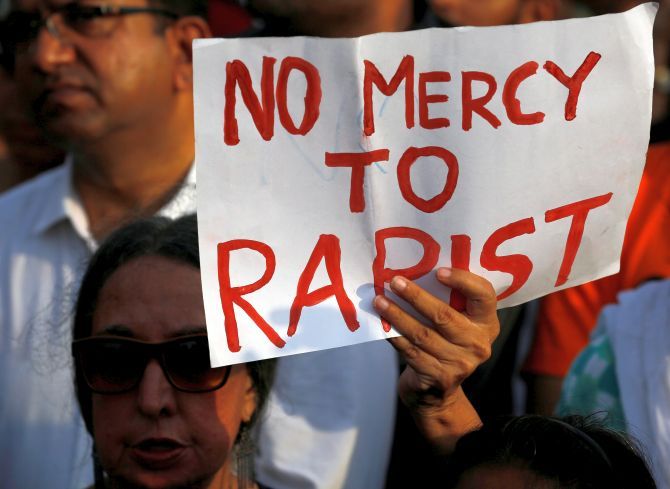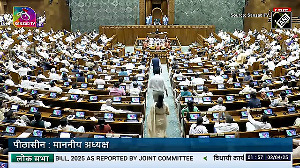
Activists have voiced concern over the findings of a recent survey that ranked India the most dangerous nation in the world for women, saying the government should introspect the “deteriorating” condition of women in society rather than simply rejecting the report.
The Thomson Reuters Foundation, after a survey of about 550 experts on women’s issues, has ranked India the world’s most dangerous country for women, followed by war-torn Afghanistan and Syria, due to the high risk of sexual violence.
Magsaysay Award winner social activist Aruna Roy said the rising curve of violence in India, prompted by bigotry and obfuscation, has taken a greater toll on women as the most vulnerable group.
“It remains a fact that Indians are a deeply patriarchal society and have remained so for far too long. This survey, however accurate or not, is a warning that perceptions about gender intolerance in India is something to be taken very seriously. Far too often, all of us have begun to worry about our collective safety in our ordinary day-to-day existence,” she said.
“The issue is not whether India is first or third or fourth, the issue is that this perception should be taken seriously to set our house in order”.
Social Activist Kavita Krishnan agreed with Roy, saying the discussion here should not be about where has India been placed in the ranking.
“We are in a very bad state in any case and there needs to be a discussion on how to improve that rather than the pointless discussion if we are number 1 or not,” the All India Progressive Women’s Association secretary said.
Countering the government’s assertion that women enjoy freedom in India, Krishnan quoted the National Family Health Survey report which says that in some state, 40 per cent of women cannot go to a health centre alone even today.
“The government is talking of cities where the women have more freedom but what about rural areas where a large percentage of population resides,” she asked.
“Moreover, in recent years, we have seen that people are openly coming out in support of child rapists, this was something never seen in the country before,” she said, giving the example of an incident in Jammu and Kashmir’s Kathua, where an eight-year-old girl was raped and killed.
At least two ministers of the state government of the day were accused of supporting the accused in the case.
The women and child development ministry had dismissed as “clearly inaccurate” the survey, saying it was based on perception of “unknown persons” and it has used a flawed methodology to arrive at the conclusion.
“The ranking is based on a perception poll based on responses to simply six questions. The results are not derived from any kind of data and are solely based on inherently subjective opinions,” the women of child development ministry had said.
“Further, the poll has been conducted with 548 respondents, which have been defined by Reuters as ‘experts focused on women’s issues’. However, information on their designation, credentials, country of expertise or qualifications is not available. Thus, reliability is an issue,” it said.
Activists believe that instead of questioning the credibility of the report, the government needs to introspect on the findings.
“We know we are in a bad state, that calls for introspection rather than dismissal,” said Mariam Dhawale, General Secretary of the All India Democratic Women’s Association.
“The incidents of violence have increased in recent years and the mentality of blaming the victim for sexual harassment crimes is worsening the situation. The report’s findings should strengthen the resolve of the government to improve the condition of women,” said Dhawale.
The survey asked respondents which five of the 193 United Nations member states they thought were most dangerous for women and which country was worst in terms of healthcare, economic resources, cultural or traditional practices, sexual violence and harassment, non-sexual violence and human trafficking.
Respondents also ranked India the most dangerous country for women in terms of human trafficking, including sex slavery and domestic servitude, and for customary practices such as forced marriage, stoning and female infanticide, the foundation said.
Human rights campaigner and social activist Shabnam Hashmi agreed with the findings of the report.
“The kind of chaos that the country is witnessing right now has not been seen before. We are seeing organised gang rapes, dilution of acts. The report is correct and the condition of women has worsened in the last four years and if we have jumped from the fourth to first position, it is not at all surprising,” Hashmi said.
In 2011, India was ranked as the fourth most dangerous country for women in the world. Afghanistan, Democratic Republic of Congo and Pakistan ranked before it.
The latest poll was conducted online, by phone and in person between March 26 and May 4 with an even spread across Europe, Africa, the Americas, South East Asia, South Asia and the Pacific.











 © 2025
© 2025